
While the 82 (1982 Fat Chance) and 83 (1983 Fat Chance) bikes included on my site represent the most stylized of the early evolutions of Fat Chance and highlight the craftsmanship that Chris and other welders at Fat possessed in the end relatively few fillet brazed Fats were made. Early on in 1983 and on Fat started making bikes like this 1984 Fat Chance (before the Kicker model was released) became the mainstay of the brand. This basic design and execution would go on to become the standard and its elements would be seen throughout the Fat Chance line throughout the 80s and into the 90s. The bike maintains the same geometry and basic construction of the earlier bikes but aside the box crown fork which was still fillet brazed features TIG welded construction on the frame. Other differences include the removal of the seat tube sleeve accommodating the more common 26.4mm seat post. An aside on this particular frame is the use of a reinforced sleeve on the seat tube to support the binder, a feature only used for a short time before switching to an external seat post collar which then became the norm for all Fats going forth. Though this is an example of more production oriented build it’s by no means a cheap copy.
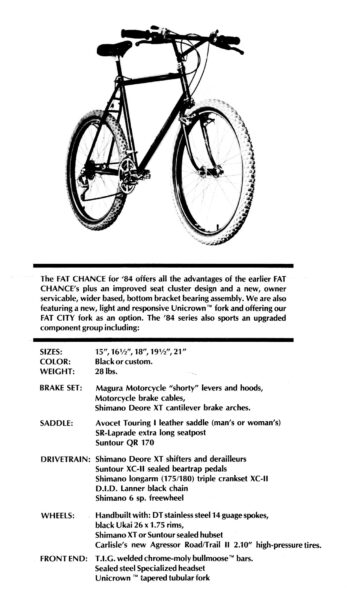
The above is a quick excerpt from the 1984 Fat Chance catalog highlighting the features of the bike which follows the outlines build spec quite faithfully.
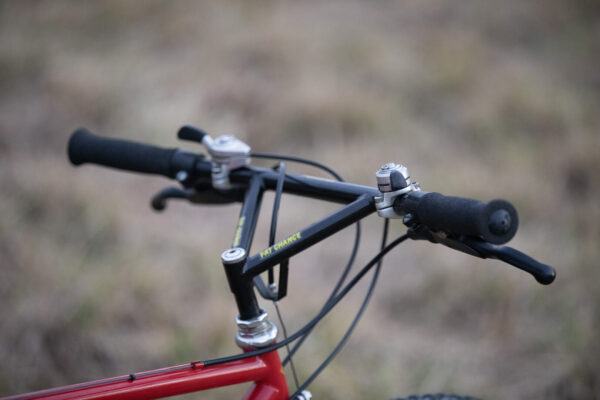
I really wish Fat had made their own Bullmoose bars, somehow I feel like the Nitto TIG bars as good as they are feel a bit cheap and take away from an otherwise bespoke build. The fillet brazed Nittos were much nicer but only show up on the fillet brazed bikes, shame – though easy enough to remedy these days.
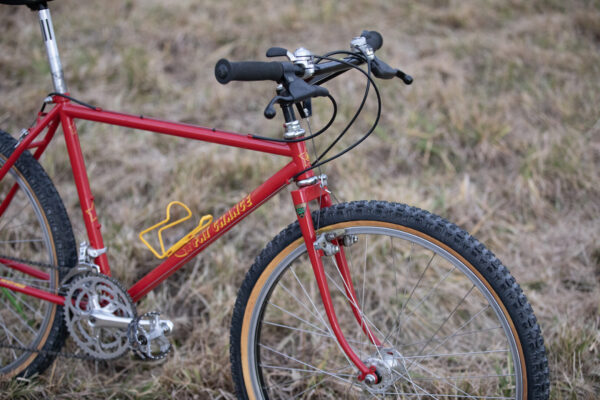
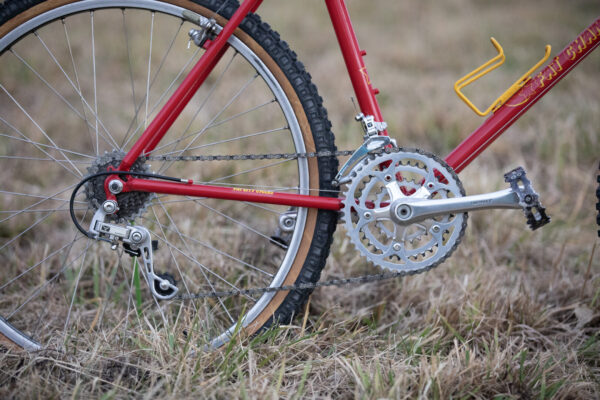
Prior to 1983, most mountain bikes were equipped with a mix of road and touring parts, however starting that year Shimano released the groundbreaking M700 a.k.a Deer Head grouppo which quickly became the standard on most high end mountain bikes.
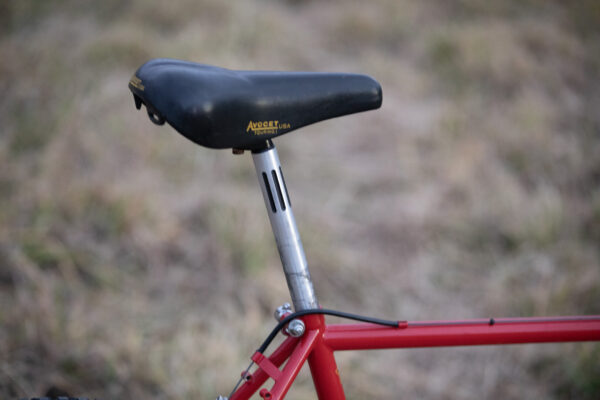
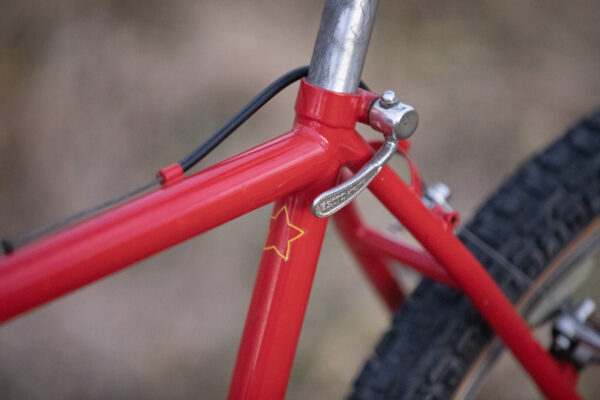
Here you can see some more detail of the new, reinforced seat clamp I mentioned earlier and which is also called out in the 84 catalog. Rack mounts abound everyone on this bike, which clear indication that this bike was meant for touring.
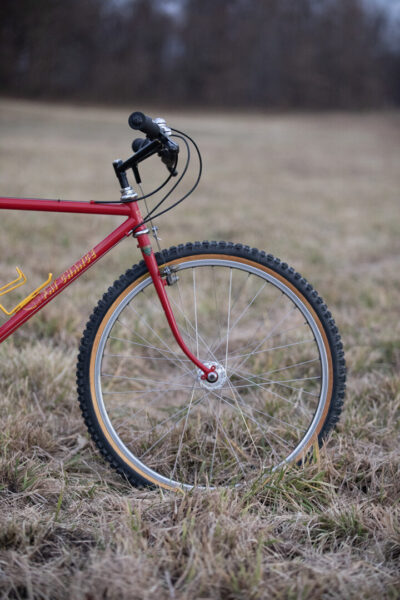
The Fat Chance box crown fork is one of the nicest forks around, I absolutely love how slim the legs are and the taper from the crown down to the dropouts. Of course on bikes meant to provide rack attachment any aesthetics are ruined by the double eyelets, shame.
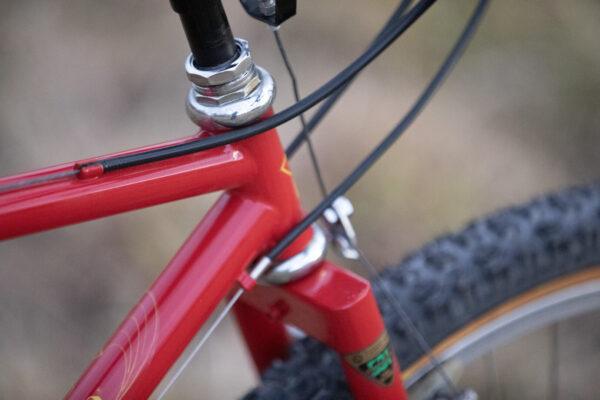
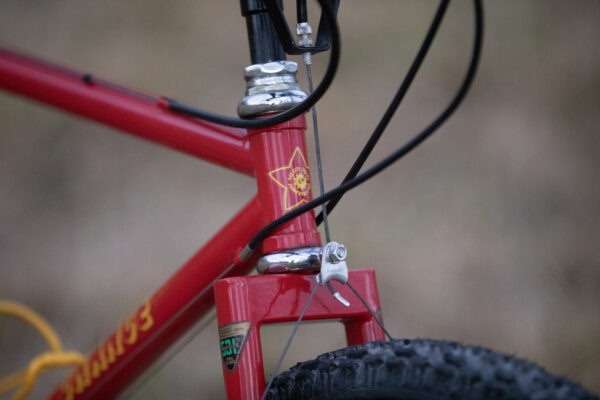
While still fillet brazed the later forks are have a simpler construction lacking the large radius fillets on the underside of the box section.
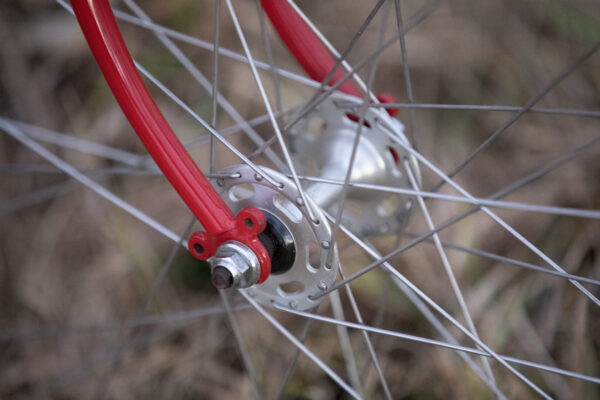
I hate these dropouts, they look like some stupid Mickey Mouse cartoon adaptation, just horrible.
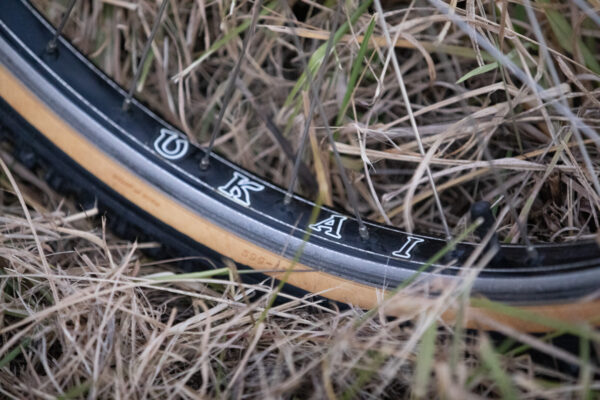
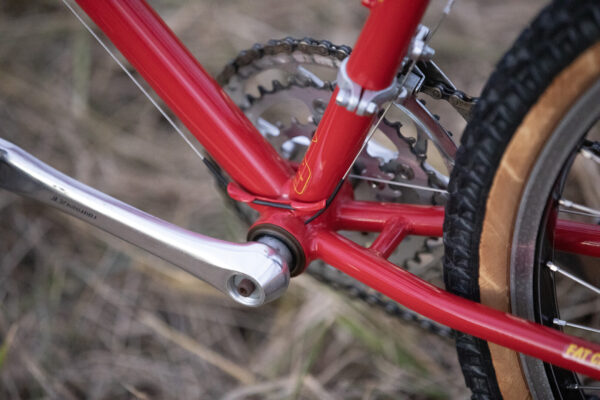
These cable guides were very common o early to mid eighties bikes, I’m not a huge fan and prefer the cleaner looks of the under BB shell routing, but here we are. I suppose this keeps the cables slightly cleaner, but I think we’re splitting hairs.
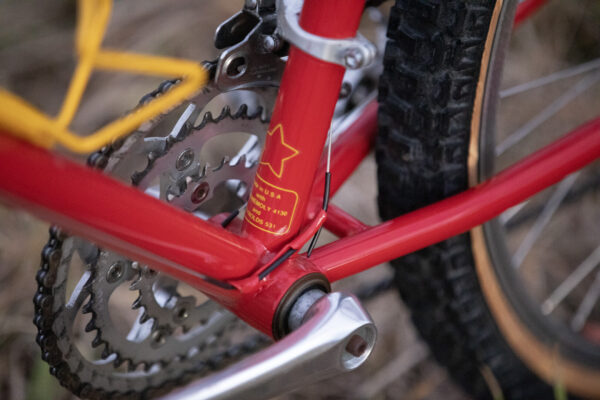
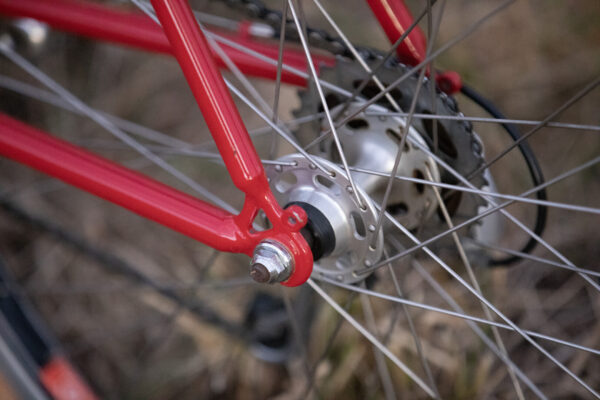
I always make a double take when I see bolts in lieu of quick releases on mountain bikes, this is by and large due to the fact that I primarily work on late 80s and early 90s by which time axle bolts had gone the way of the Dodo.
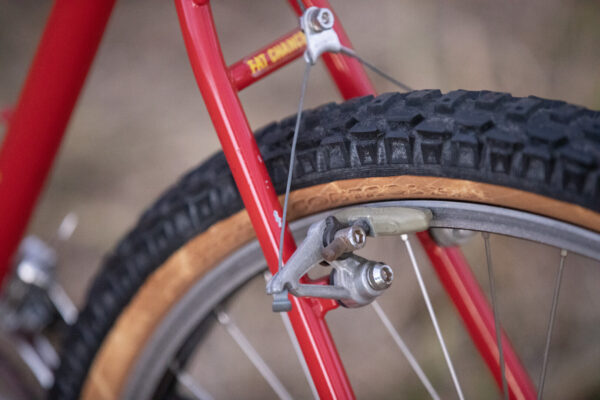
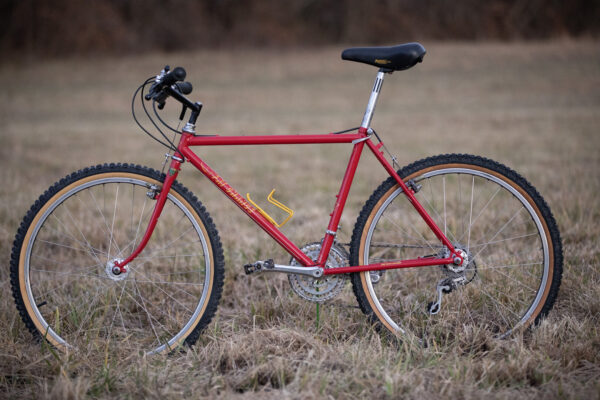
All in all this is a lovely bike and neatly slots into the Fat Chance timeline I’ve attempted to document. I regret not further documenting several other 85 and 85 Fats I had come through which would have highlighted some additional differences, so this will have to do.
Completed Projects:
Current Projects:
Newsletter sign up:
Subscribe to our newsletter to receive info on our latest projects and new podcast releases
